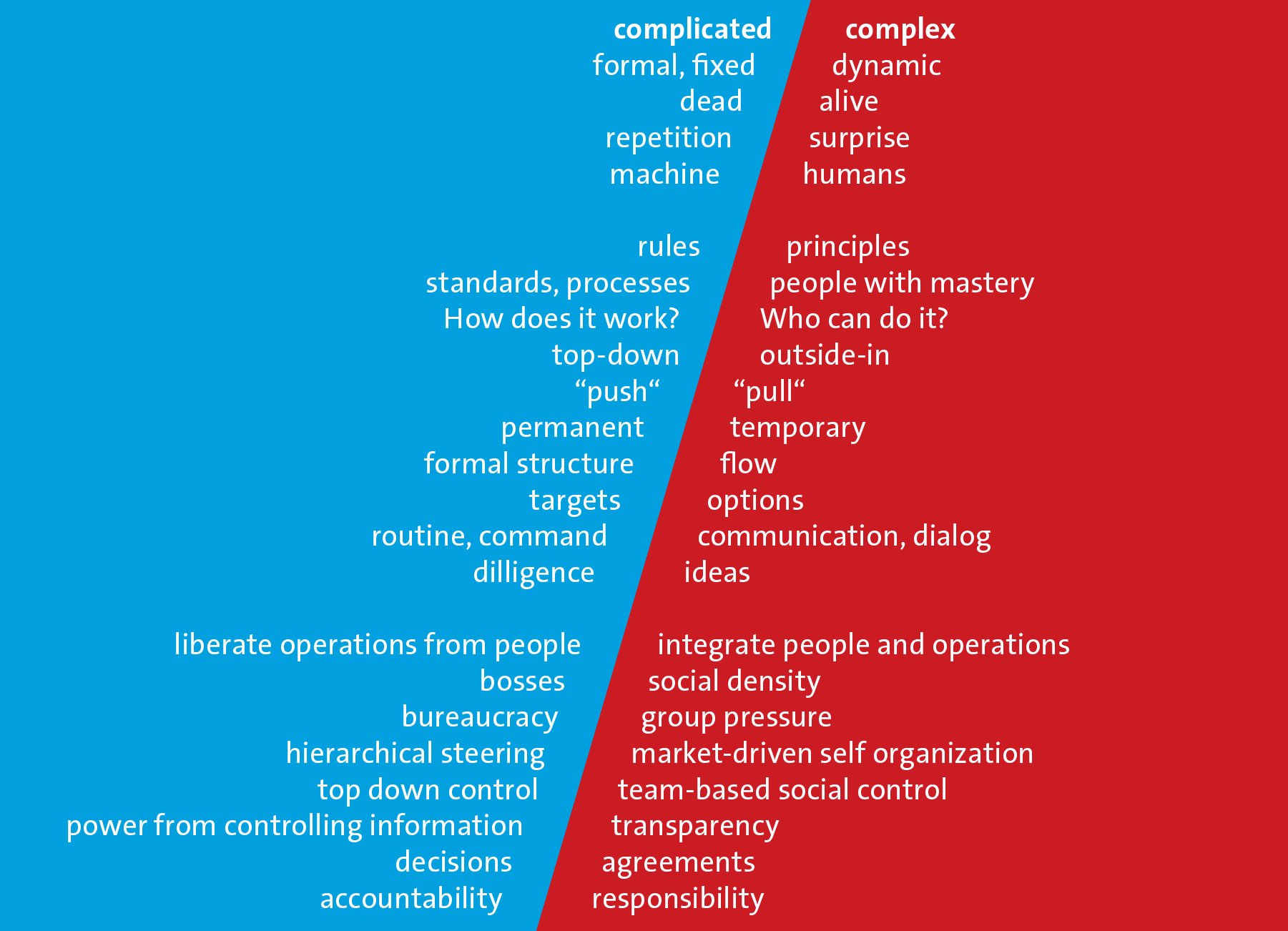Archive for January, 2017
Screen-And-Treat to Prevent Diabetes Doomed to Fail
Thursday, January 5th, 2017Larry Husten (@cardiobrief) just commented on a large new systematic review and meta-analysis published in The BMJ. In short, his point is that screen and treat strategies to prevent type 2 diabetes are doomed to failure unless screening is supplemented by broader public health approaches.
In his paper, Larry Husten quotes Victor Montori (@vmontori) who, when asked to comment on the BMJ study, expressed a trully hindsightful opinion:
It is so hard to articulate the issues because there is obvious good in preventing bad things, but let’s give this another go:
- Type 2 diabetes is a bad thing when it reduces the quality of your life, because of its symptoms, complications or the burden of its treatment.
- So preventing diabetes is obviously a good thing.
- The scale of diabetes is huge and the proportion of people who live one step before that diagnosis is very large. (The review shows we will disagree in labeling who exactly is one step closer to the diagnosis depending on what definitions we choose and the ideology behind the definition selection.)
- Individuals who choose to live more actively and eat healthier meals do better and delay diabetes, but they do so by swimming against the current, which explains the very high rates of drop offs and "failures."
- The response should be massive in scale and persistent in time directed at the determinants of the environments, at the environments themselves, and at the lifestyles that emerge as people adapt to those environments. These changes should make healthier lifestyles the easy default —= the direction of the current that drags those who are and are not interested in swimming.
- Screen and treat is a clinical response, individual, one-at-a-time. It seems ideally suited to people who already are chronic patients by virtue of their comorbidities and thus are already in the healthcare system as it requires the resources of the healthcare system for its success. However, any clinical success leaves the determinants of the environments and the environments unchanged, guaranteeing a steady stream of candidates for screen and treat forever. Furthermore, patients with prediabetes who "fail" to improve with lifestyle interventions may be considered candidates for diabetes drugs like metformin – in essence they are preventing the diagnosis of diabetes by ensuring they get treatment for diabetes instead— a lousy proposition.
- Meanwhile people bemoan the low quality of treatment of type 2 diabetes, in part because of lack of time, training, and resources. These are lacks from the same system we are ready to load with people who screen positive for prediabetes. And since the epidemic hits the underserved hardest (suggesting again problems with the contexts in which people try to make a living rather than a massive epidemic of poor judgment among the poor and socioeconomically distressed) and these folks have trouble getting healthcare in the first place, a solution reliant on healthcare access, if effective, would make disparities in the incidence of diabetes worse.
- Thus, we need solutions that don’t leave the conditions that have created the epidemic intact, making the efforts of those set on improving their lifestyle often seem futile in the long run, producing more at-risk people, burdening the sick-care system with healthy people seeking wellness. In all these ways, policies of screen and treat are accidentally (I hope) cruel, particularly toward the sick and the needy, people living "in the shadows of life."
- I wholeheartedly endorse the priority of preventing type 2 diabetes, but effective sustainable solutions are more likely to be found through evidence-informed deliberative democracy (the population version of shared decision making). The work there is to determine the kind of environments we want — for ourselves and our children — and the public health policies that must be implemented to realize them.
- Those who seek a more expedient solution to match the urgency of the problem would do best to start this long-term process as soon as possible rather than waste time, attention, and resources, in palliating the problem one screen-and-treated patient at a time.
Emphasis (bold) is mine.
Complex vs Complicated
Monday, January 2nd, 2017
Two pictures to start this new year well. First, by John Saddington (@8BIT), The Emotional Journey of Creating Anything Great. Actually, it applies to creating anything at all; the greatness is about ending joyfully, but lame (or simply ordinary) creations mostly share the same path. The real message here is "look at what happens the days, months or years after the glorious instant when you decide that Yes You Can" ![]()
The second picture, by Niels Pflaeging (@Complexitools), delineates a clear separation between the keywords to be used in our current complex universe versus the concepts that have always been used in (only) complicated environments. The blue domain is the place where "Puzzle Makers" can keep working as usual while the red area describes a world that already shifted to a highly networked universe. Better embrace the red… if you are not to retire really soon ![]()


